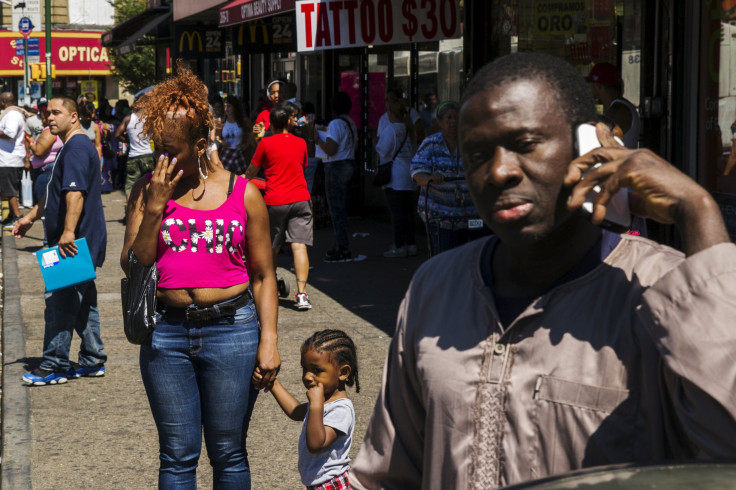
While the number of infected have slowed, the reported number of deaths from the largest outbreak of Legionnaires' disease in New York City has increased. In a press conference Monday NYC Mayor Bill de Blasio revealed the number of deaths from the disease increased from 10 to 12, reports Fox News. De Blasio also revealed the total number of Legionnaires' cases is now 113, up from 101 on Friday and the patients who have been hospitalized, 76, have been discharged.
Furthermore, de Blasio confirmed that the bacteria had been found in two more cooling towers in the South Bronx neighborhood. Officials confirmed that 12 of the 39 cooling towers have been impacted. The mayor further went on to say the cooling towers have been disinfected or would be by the end of the day Monday.
Fortunately, it isn't all bad news as the city health commissioner Dr. Mary Bassett said during the press conference, "We have encouraging news that this outbreak has slowed."
But with the numbers still so high and still climbing people have questions such as; what is Legionnaires' disease anyway? It's pretty simple, Legionnaires' disease is a type of pneumonia caused by legionella bacteria. Hopefully we can answer some of the questions you have with these 10 things you should know about the deadly virus plaguing New York City courtesy of the CDC.
1. Legionella bacteria are found naturally in the environment, usually in warm water.
2. Legionella bacteria are not transmitted from person to person.
3. People get Legionnaires' disease or Pontiac fever when they breathe in a mist or vapor (small droplets of water in the air) that has been contaminated with Legionella bacteria.
4. Most people with Legionnaires' disease will have pneumonia (lung infection) since the Legionella bacteria grow and thrive in the lungs.
5. Legionnaires' disease can have symptoms like many other forms of pneumonia, so it can be hard to diagnose at first. Signs of Legionnaires' disease can include:
- Cough
- Shortness of breath
- High fever
- Muscle aches
- Headaches
6. These symptoms usually begin 2 to 10 days after being exposed to the bacteria, but people should watch for symptoms for about 2 weeks after exposure.
7. Legionnaires' disease requires treatment with antibiotics (drugs that kill bacteria in the body), and most cases of Legionnaires' disease can be treated successfully with antibiotics. Healthy people usually get better after being sick with Legionnaires' disease, but hospitalization is often required.
8. The bacterium was named after an outbreak in 1976, when many people who went to a Philadelphia convention of the American Legion suffered from this disease.
9. An estimated 8,000 to 18,000 people are hospitalized with Legionnaires' disease each year in the U.S.
10. Keeping Legionella bacteria out of water is the key to preventing infection.
© 2025 Latin Times. All rights reserved. Do not reproduce without permission.





